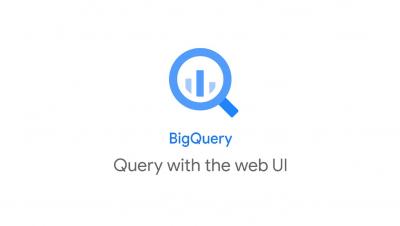Use IAM custom roles to manage access to your BigQuery data warehouse
When migrating a data warehouse to BigQuery, one of the most critical tasks is mapping existing user permissions to equivalent Google Cloud Identity and Access Management (Cloud IAM) permissions and roles. This is especially true for migrating from large enterprise data warehouses like Teradata to BigQuery. The existing Teradata databases commonly contain multiple user-defined roles that combine access permissions and capture common data access patterns.







